
Developer: Nihon Falcom
Publisher: NIS
Platform: Switch, PS4, PC
Tested on: Switch
The Legend of Heroes: Trails to Azure – Review
Last year we took a look at Trails from Zero, the prequel to the Trails of Cold Steel games from Nihon Falcom’s beloved The Legend of Heroes franchise. It was an excellent game, but the ending of that game didn’t quite tie things up neatly, and there was still a massive gap between Trails from Zero and the first Trails of Cold Steel game. That gap is now being bridged by Trails to Azure, which closes off the so-called Crossbell story arc and sets things up to lead into Trails of Cold Steel. For fans of the series, this is an essential pickup, as this is the first time Trails to Azure is officially localized in English. Even so, is this a title newcomers can enjoy as well? Let’s catch up with our friends from Crossbell’s Special Support Section to find out.
Story
Picking up where Trails from Zero left off, Trails to Azure sees us rejoin Lloyd Bannings and the Special Support Section, a subdivision of the police force of the city-state of Crossbell. With the events of Trails from Zero roughly one month behind our heroes, Crossbell is enjoying a period of peace. Naturally, this is short-lived, as there wouldn’t be a whole lot of reasons for this game to exist if nothing dramatic happened. Two key elements are at the center of Trails to Azure’s plot: the mysterious little girl KeA, who was saved by the SSS in Trails from Zero, and the truth behind the murder of Lloyd’s brother. We won’t say anything else, as Trails to Azure is a story-driven affair, just like the other The Legend of Heroes titles. If you’re returning from Trails from Zero, you’re probably already invested in what’s about to happen and don’t want anything spoiled. Rest assured, Trails to Azure certainly delivers, with an emotional rollercoaster that wraps the Crossbell story up nicely while teasing the events that unfold next in The Legend of Heroes’ overarching story.
We should note that the game expects you to at least have played Trails from Zero before you embark on this new adventure, lest you understand what is going on. It’s feasible to jump into The Legend of Heroes games at the start of a story sub-arc, so either the first Sky, Crossbell, or Cold Steel title. As such, Trails from Zero offers a great entry point into the franchise despite being the fourth game in the series. Trails to Azure, however, simply doesn’t work as either a standalone entry or as an entry point. And even if you’re starting your journey into The Legend of Heroes with the Crossbell story, you’ll still find that Trails to Azure delves into the lore of the games preceding it, with characters from the Trails in the Sky trilogy making appearances here as well. Given that the Sky trilogy was only available on PSP for English-speaking audiences though, we don’t suspect a lot of people will be familiar with these. There is of course a chance that these will be ported to modern platforms as well.
Graphics
There’s not a whole lot we can say about Trails to Azure’s graphics that we haven’t said before, as the game reuses many of the same assets and so it looks pretty much identical to the previous game. We noticed that the visual fidelity of Trails to Azure was a bit lower, although that probably had more to do with the fact that we played the previous game on PC rather than on the Switch. There are new characters and environments to explore here, but these stick to the established visual style. From what we understand, the PS4 version of the game once again missed out on the visual upgrades compared to the Switch and PC versions, which is a shame as Trails to Azure doesn’t push any visual boundaries in the first place.
Sound
What we said about the visuals applies to the game’s soundscape as well. It’s more of the same, with a handful of new tracks, but given that the music is absolutely fantastic, we’re not complaining. The game also features voice acting, although things fare less well here, as the audio levels don’t seem to have been equalized, with some character voices sounding consistently quieter than others. It’s a rare blip given how well everything else was handled here, but it bears mentioning.
Gameplay
Being a direct sequel to Trails from Zero, Trails to Azure mostly offers more of the same, albeit with an extra coat of polish and some streamlining in key areas. Upon booting up the game for the first time, Trails to Azure even asks you to transfer save data from the previous title. Since we played the first title on PC instead of the Switch, we were unable to do this. If you start the game without prior save data, Lloyd and his friends start out with a preset selection of stats and abilities, with character levels starting out around level 40. The game follows the familiar structure of the previous game, with the SSS alternating main story segments with taking on quests from citizens. These sidequests subsequently lead into stories of their own that flesh out both the cast and the NPCs, ensuring Crossbell feels like a real place that you care about saving. Because Trails to Azure assumes you’re already familiar with its gameplay basics, there is a noticeable change in pacing, with areas opening up a lot faster than previously. Granted, many of these areas will be ones you’ve seen in Trails from Zero, but there are a handful of new ones as well.
The most noticeable streamlining and changes are found in Trails to Azure’s combat. Not only are you fighting with an expanded party now, with up to six characters as opposed to four, but the game’s magic system has been revised. Characters still need to be equipped with so-called orbments to be able to use magic, but these orbments can now be upgraded with a master quartz, which provides additional buffs, such as stat improvements or temporary effects. A master quartz in itself can also be leveled up, allowing for hitherto unseen levels of customization, making it easier to optimize your party for whatever lies ahead. Once a master quartz reaches level 5, the character carrying it unlocks a Master Art. The latter is an incredibly powerful special move that can really carry you through some of the tougher boss battles, and this becomes incredibly important in Trails to Azure’s end game.
Adding to this is the Burst Gauge, which appears during specific moments in the story. When activated, this gauge allows your party to unleash their full potential, enabling them to take consecutive turns, instantly cast spells, remove debuffs, and recover CP much faster for a limited time. Because it only appears at key moments, the Burst Gauge doesn’t feel overpowered or busted, instead offering very satisfying gameplay moments where you can see your favorite party members shine. There are some secondary QoL improvements, such as the option to only have the lead party member being able to initiate random encounters or being able to attack enemies from the rear to gain an advantage on the first turn of combat. Although these are welcome additions, they don’t really change the flow of the game, especially not compared to having an expanded party or being able to use the Burst Gauge.
Outside of combat, changes are more subtle. There’s a new fast travel option in the form of a car that Lloyd gets early in the game, and the port-specific additions that we saw in Trails from Zero make a welcome return here, including the high-speed mode that really alleviated some of the grind necessary to level up the party. Once again, we’re looking at a lengthy affair, with Trails to Azure clocking in at around 60 hours. Fortunately, the game’s engaging story and satisfying combat system ensure that those 60 hours don’t end up feeling like a drag. Given just how much Trails to Azure recycles from its predecessor, it would have been easy for the game to end up feeling like a repetitive affair, but this is a rare case where the foundation is good enough that the game doesn’t need to innovate or change things up to leave an impression. The handful of additions and changes here are simply the icing on an already delicious cake.
Conclusion
Whether or not you should pick up Trials to Azure really depends on two things: did you play Trails from Zero, and if you did, do you want more? The game is an essential purchase if you answered yes to both questions, as the two together are essentially a single game cut in half. Trails to Azure provides a handful of improvements, most noticeable when it comes to combat, but it’s essentially more of the same. That’s not a bad thing in this case, as we really enjoyed the previous title, but maybe NIS should have released these as a bundle rather than two standalone full-price releases.
1 Comment
Leave a Reply
You must be logged in to post a comment.

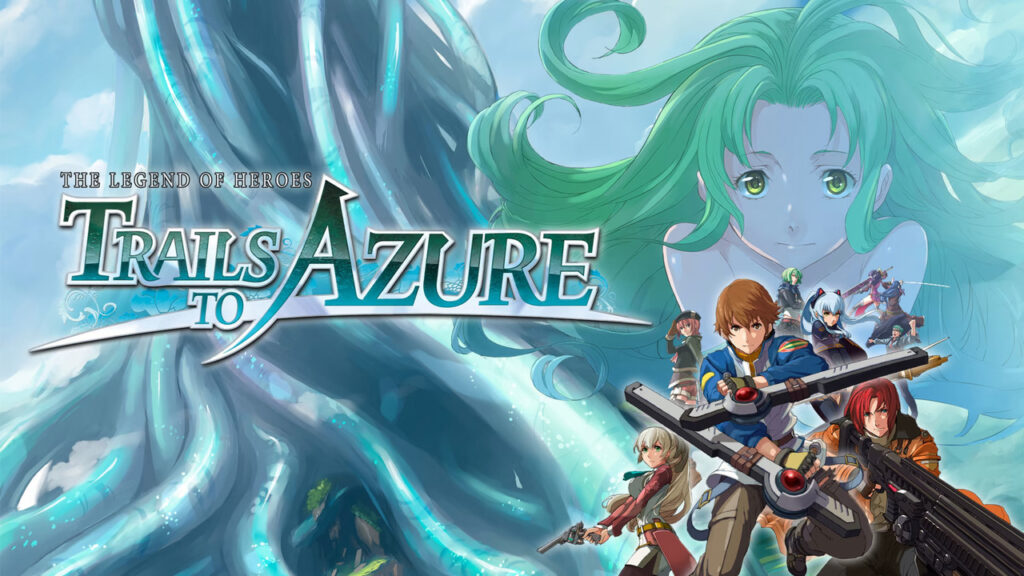
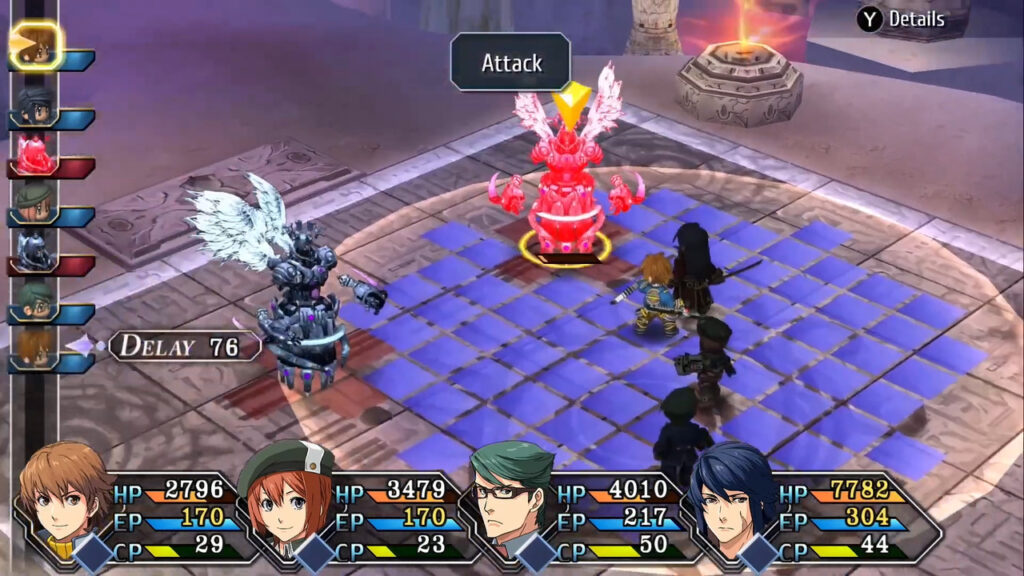
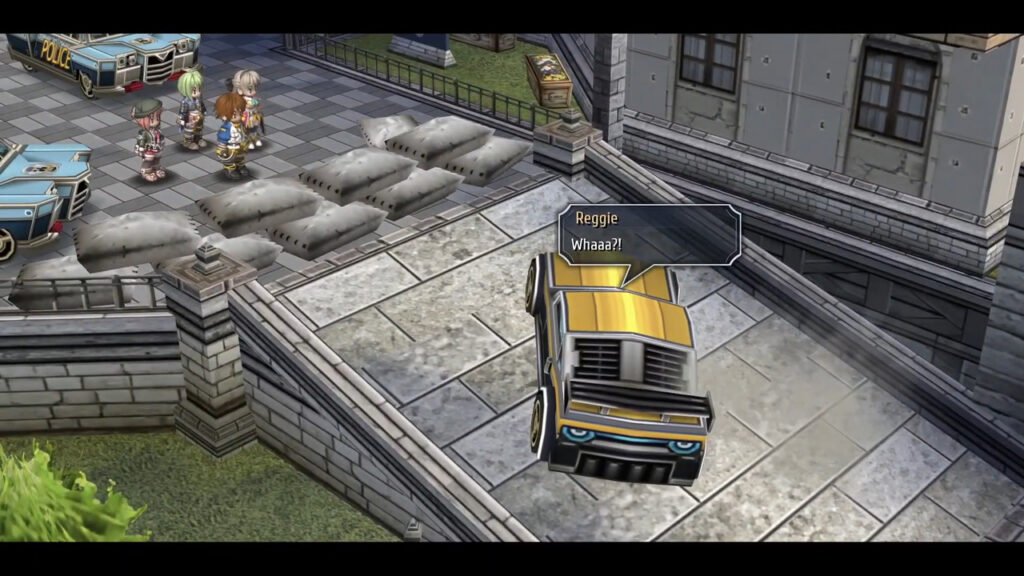
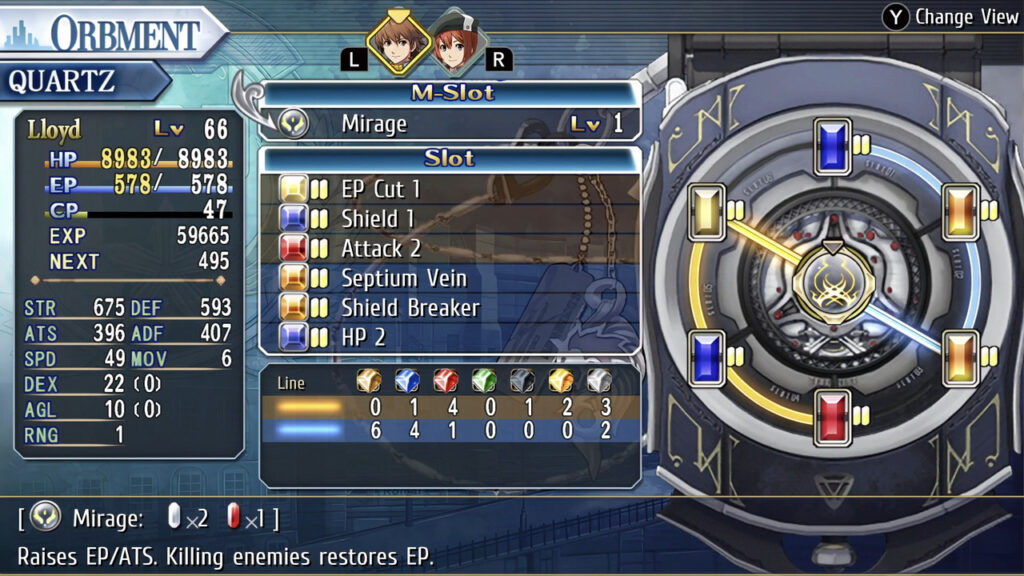
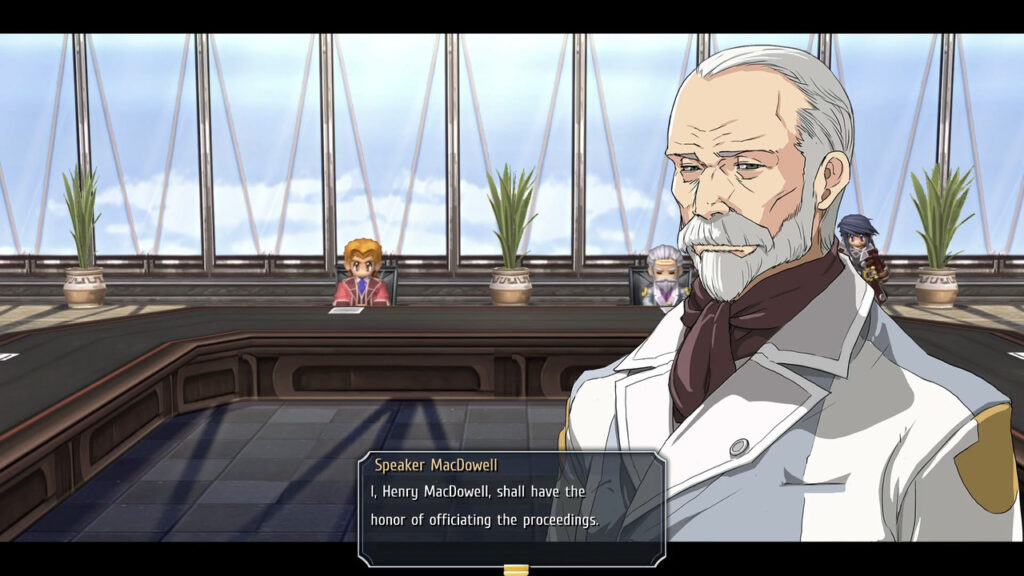




[…] fans can mark their calendars for the upcoming release. As a spin-off from Falcom’s popular Trails series, The Legend of Nayuta: Boundless Trails offers a fresh take on the franchise. Unlike its […]